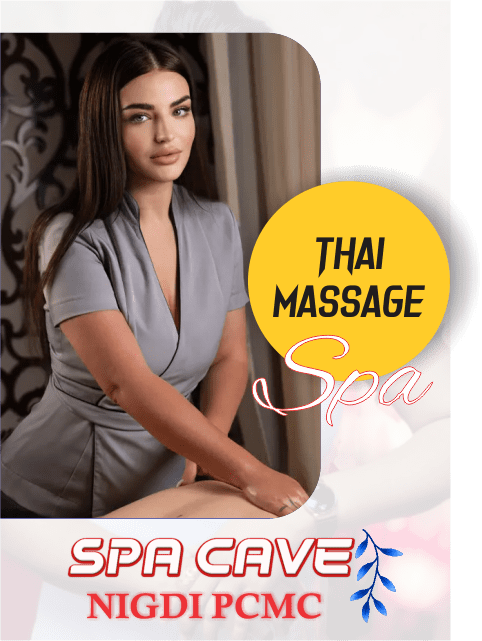Thai Massage


Massage Services
Thai Massage
Thai massage has historically been considered a spiritual and medical practice, not just simply a way to help people relax and manage their stress levels. Like Yoga and Ayurveda, it involves the belief that there are energy lines along the body called Prana Nadis and pressure points, responsible for the body’s health and well-being.
It is believed that sickness can result when the energy along these lines is not flowing correctly. Therefore, practitioners have historically had to learn Thai massage in a Buddhist temple. More recently, however, massage facilities outside of Buddhist temples have begun teaching Thai massage.
1. Improves Circulation
Thai massage helps improve blood flow through movement. The stretches and exercises performed with the aid of the Thai practitioner increase blood flow and oxygenation throughout the body.
2. Helps Relax Muscles and Relieve Pain
Traditional Thai massage’s primary benefit is its ability to help relieve muscle pain and soreness, including back pain. The exercises stretch and pressure point manipulation can help reduce tight spots in the muscles while promoting blood flow.
3. Improves Flexibility and Range of Motion
Thai massage helps improve flexibility and range of motion. It is believed to help these items by increasing blood flow and oxygenation to the muscles via assisted stretches.
4. Helps Relieve Headaches
If you have tension headaches or migraines, Thai massage can help reduce the intensity and frequency. This is because it promotes blood flow and relaxes the muscles, including the muscles in the neck and shoulders.

Our Blogs
Spa/Massage Services
Full Body Massage
A full body massage involves the manipulation of soft tissues in the body. This includes muscles, tendons, ligaments, and skin. The goal is to promote relaxation and improve health.
Read moreThai Massage
Thai massage combines compression, acupressure, and passive stretching. These increase the range of motion in your joints and muscles.
Read moreAromatherapy Massage
Massage in general is believed to improve circulation, and the addition of essential oils may help improve skin health and appearance.
Read more





